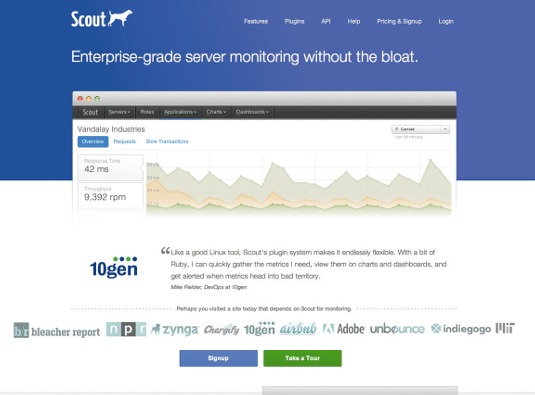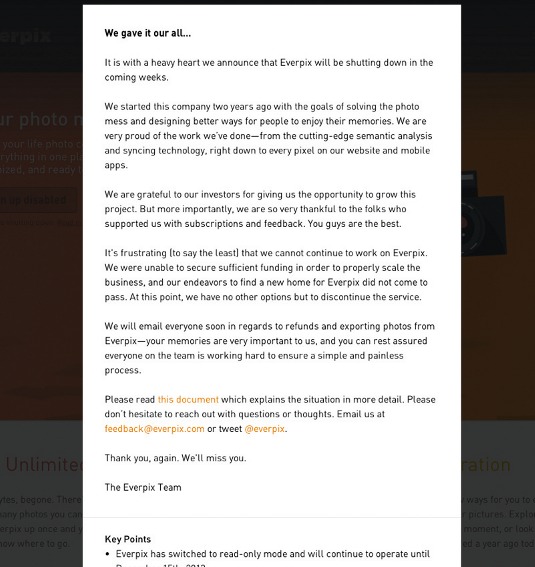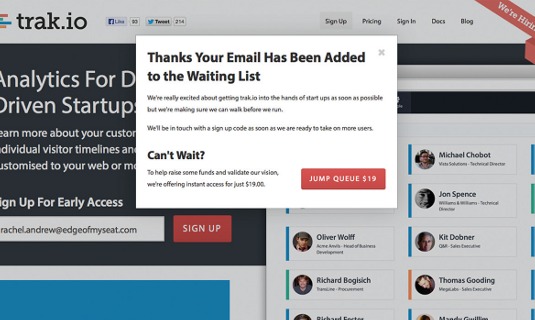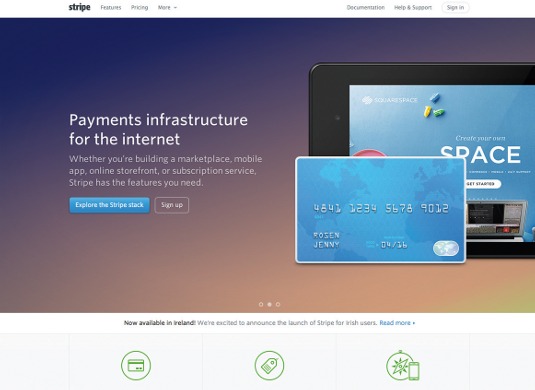14 pro tips for launching your own app
In the runup to her talk at our Generate event, Rachel Andrew explains how to earn extra cash by launching your own digital product.
Launching a digital product – either as a side project or with the aim to make it a complete business – is a goal of many web designers and developers. However, having a great idea and a well-implemented product is only part of the story.
Before you can launch you'll need to have developed an entire business model around your idea; a model that will be attractive to your customer and also enable the product to grow.
In addition, you'll need an infrastructure that can deliver the product and a way to provide support to you customers. My own company has transitioned over the last four years from services to products. In this article I'll describe some of the things I have learned along the way.
- See this article's author, Rachel Andrew, speak about CSS at Generate London 2015 - buy your ticket today!
01. Start small
If I had one top tip for other people who want to launch a product it is to start small. Launch with the smallest possible thing that you can get people to pay you money for.

The initial version of Perch took us about four weekends to develop, and the supporting infrastructure about the same. A minimum product with a minimum amount of infrastructure means little risk and little cash spent up front. Perch was profitable within 24 hours.
However, those up front costs that had to be covered before we were profitable were low. Once you get to profitability you can put money back into developing the product further.
02. Choose the right pricing model
There is a lot of noisy publicity around well-funded startups, that typically offer free plans to encourage mass adoption. If you're bootstrapping your product, then you need to start making money from the outset.
Daily design news, reviews, how-tos and more, as picked by the editors.
Your pricing should not only be based on a gut feeling of what the market will accept, but also take into consideration what you will need to spend to sell and support your product.
The recent example of photo site Everpix, killed in part by an inability to pay an Amazon bill for the hosting of user photos, demonstrates the importance of ensuring that your profit margins will cover the services used to deliver your product.

For those developing products alongside freelance or client work, or a full time job, will your pricing model enable you to make your product your main source of income if it becomes successful?
You should consider what happens if your product is a success. Having thousands of users who are all burning through your money isn't viable for anyone other than the funded startup.
03. Products aimed at business customers are often an easier sell
If you're currently at the ideas stage then looking for a product that targets the business-to-business market is generally far easier to make profitable than targeting consumers.
In the consumer space, you have a lot of free products, a lot of 99p mobile apps. People are spending their own money and often not getting value from your product that they can place a cash value on. In the business space - and especially for larger businesses - people buying your product are often spending company money.
Even if they're being careful with spending, if they're using your product to either make money or save time and company expense, then they can put a cash value on your offering.
04. Competing on price can work
Competing on price can result in a race to the bottom, and if your competitors are well funded, they will win. There are places where charging less is appropriate.

For example, in the scenario where you're offering a simpler version of a product; something designed for smaller business than your main competitor offers. In that case, you may be able to pick up some users who are priced out of the market currently.
05. Beware resource-hungry free plans
If your pricing model does include a free plan, consider that your paying users need to bring in enough revenue to cover all the free users. In some situations, the free users aren't really costing you much in terms of resources and it may be worth offering a free plan to get people on board.
You should limit these plans in the places where they do start to cost money, such as, in storage space or bandwidth. The challenge here is coming up with something that offers enough value to the free user to encourage them to use the product and think about upgrading but doesn't leave you with a big overhead to support these users.

You should also consider the implications of supporting free users. If your product requires a good deal of setup, then you may find your support costs are rising faster than your revenue. This is one reason we don't offer a free trial licence for Perch. If we did, we would need to support every person who was just 'kicking the tyres'. Ultimately, this would raise the cost of the product for paying customers, and I don't think that's fair.
Unless you have a lot of money to throw at customer acquisition, take care that you're not trying to 'act like a startup'. The rules are different for the rest of us.
Next: more pro tips to help launch your digital product
See Rachel speak at Generate: buy your ticket today

The Creative Bloq team is made up of a group of art and design enthusiasts, and has changed and evolved since Creative Bloq began back in 2012. The current website team consists of eight full-time members of staff: Editor Georgia Coggan, Deputy Editor Rosie Hilder, Ecommerce Editor Beren Neale, Senior News Editor Daniel Piper, Editor, Digital Art and 3D Ian Dean, Tech Reviews Editor Erlingur Einarsson, Ecommerce Writer Beth Nicholls and Staff Writer Natalie Fear, as well as a roster of freelancers from around the world. The ImagineFX magazine team also pitch in, ensuring that content from leading digital art publication ImagineFX is represented on Creative Bloq.
